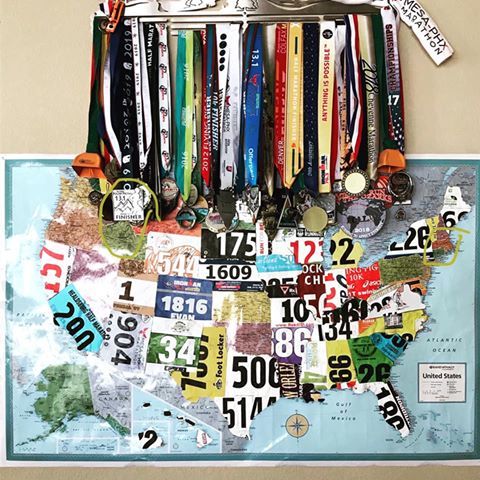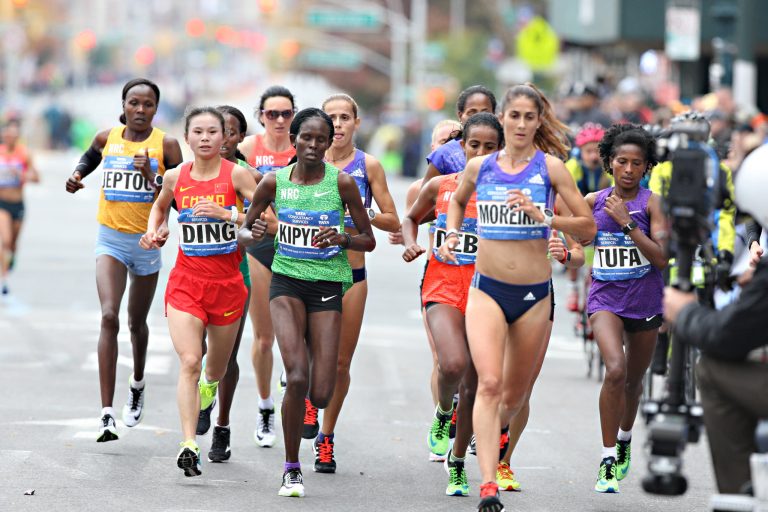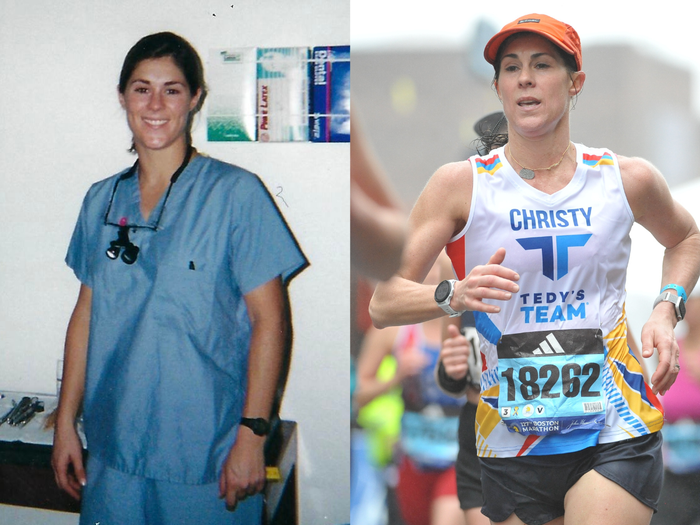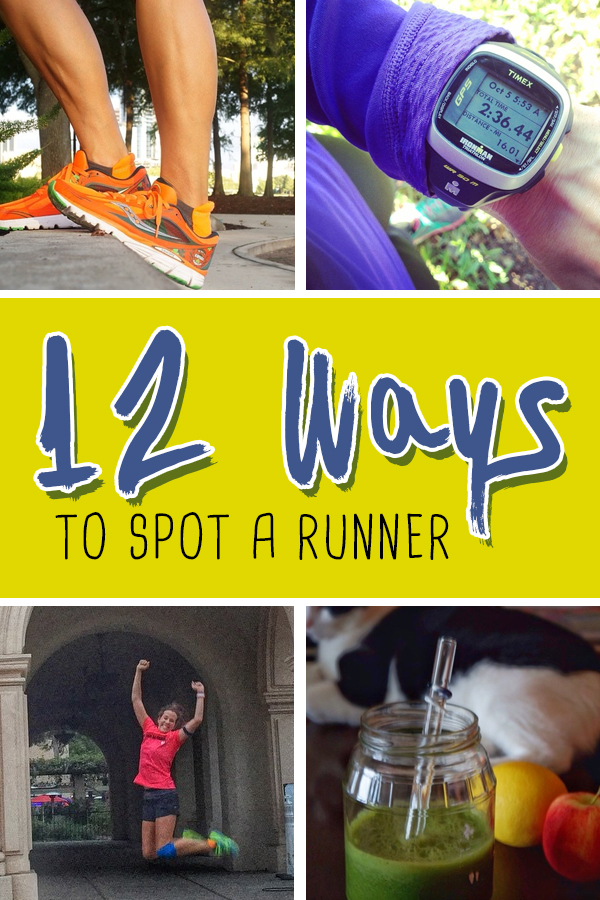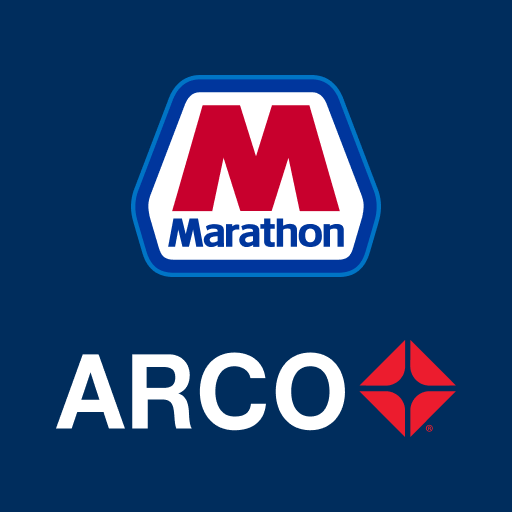Why Do Marathon Runners’ Nipples Bleed
Marathon runners’ nipples bleed due to friction against clothing during prolonged running. This friction can cause skin irritation and chafing, leading to bleeding.
Marathon running requires significant physical endurance and creates a high level of friction against the body’s skin, particularly in sensitive areas such as the nipples. The repetitive motion and prolonged duration of running can lead to irritation and chafing, resulting in bleeding from the nipples.
This phenomenon is often experienced by both male and female runners and can be quite painful. Understanding the causes and preventive measures for this issue is essential for marathon runners to ensure a more comfortable and enjoyable running experience. In the following sections, we will delve into the factors contributing to this problem and discuss effective strategies to prevent nipple bleeding among marathon runners.
What Causes Marathon Runners’ Nipples To Bleed?
Marathon runners’ nipples can bleed due to constant friction and chafing caused by the repetitive motion of running. This can further be aggravated by sweat, moisture, and ill-fitting clothing. Regular use of lubricants and wearing proper-fitting, moisture-wicking clothing can help prevent this discomfort.
Friction And Repetitive Motion
Friction from the constant rubbing of the shirt against the nipples during repetitive motion is a primary cause.
Moisture And Sweat
Excessive moisture and sweat can further exacerbate the issue, leading to increased friction and irritation.
Clothing And Gear
The choice of clothing and gear plays a crucial role in preventing nipple bleeding, with snug-fitting attire being preferred.
Prevention Strategies
Marathon runners often encounter bleeding nipples due to friction and moisture during long-distance races. To prevent this discomfort, several strategies can be implemented, including applying lubrication or ointment, wearing nipple protectors, choosing appropriate clothing, and optimizing hydration.
Applying Lubrication Or Ointment
Using nipple-specific lubricants or ointment can significantly reduce friction between the nipples and clothing during running. This preventive measure creates a protective barrier, minimizing the risk of skin irritation or bleeding.
Wearing Nipple Protectors
Nipple protectors, such as specialized bandages or adhesive strips, offer an effective solution to shield the nipples from chafing. These protective covers limit direct contact between the skin and clothing, preventing abrasions and bleeding.
Choosing Appropriate Clothing
Opt for moisture-wicking fabrics and seamless or reduced-seam garments to minimize the potential for nipple chafing. Additionally, selecting well-fitted attire can prevent excess movement and friction, reducing the likelihood of nipple irritation.
Optimizing Hydration
Ensuring adequate hydration supports skin elasticity and reduces the likelihood of chafing. Properly hydrated skin is less prone to irritation, contributing to overall comfort during prolonged physical activity.
Common Misconceptions
Only Affects Male Runners
Contrary to popular belief, nipple bleeding during marathons is not limited to male runners. Both men and women can experience this issue, although it is more commonly associated with men due to the higher prevalence of nipple chafing among male athletes. The friction from clothing and continual movement can cause irritation and bleeding of the nipples, regardless of gender.
Sign Of Weakness Or Poor Technique
Some people mistakenly assume that bleeding nipples are a sign of weakness or poor running technique. In reality, this occurrence is simply a physical reaction to prolonged friction and pressure on the nipples during a marathon. It does not reflect the runner’s strength or skill but rather highlights the intense physical demands of endurance running.
Credit: runwitme.blogspot.com
Treatment Options
Treatment options for marathon runners experiencing bleeding nipples include cleaning and drying the area, applying antibacterial ointment, and using dressings or bandages.
Cleaning And Drying The Area
- Gently wash the affected area with mild soap and water.
- Pat dry with a clean towel to prevent further irritation.
Applying Antibacterial Ointment
- Apply a thin layer of antibacterial ointment to promote healing.
- Choose a product that is gentle on the skin and provides protection.
Using Dressings Or Bandages
- Cover the nipples with a sterile dressing or bandage.
- Ensure the area is properly protected during physical activity.
Other Potential Causes Of Nipple Bleeding During Exercise
Nipple bleeding during exercise can result from friction between clothing and skin. Other factors include improper fitting bras and chafing due to sweat and movement. It’s essential to wear moisture-wicking materials and protective bandages for prevention.
Friction From Sports Bras Or Compression Garments
When it comes to nipple bleeding during exercise, friction from sports bras or compression garments can be another potential cause. These types of clothing are designed to provide support and reduce movement, but they can sometimes rub against the nipples, leading to irritation and bleeding. Wearing a sports bra that fits properly is essential to prevent this issue. It should be snug enough to provide support without causing excessive friction. Additionally, choosing a sports bra made from moisture-wicking material can help reduce moisture build-up, which can exacerbate friction and irritation. If you’re experiencing nipple bleeding while wearing a sports bra or compression garment, consider trying a different size or style to find one that minimizes friction. Applying a lubricant, such as petroleum jelly, can also help reduce friction and prevent further irritation.Skin Conditions Or Allergies
Skin conditions or allergies can contribute to nipple bleeding during exercise as well. Conditions like eczema or dermatitis can make the skin more sensitive and prone to irritation. Allergic reactions to certain fabrics or laundry detergents can also cause nipple irritation and bleeding. If you have a known skin condition or allergies, taking precautions before exercising can help prevent nipple bleeding. Applying a barrier cream or ointment, such as zinc oxide, before your workout can create a protective layer on the skin and reduce friction. Similarly, choosing workout clothing made from hypoallergenic or breathable fabrics can minimize the risk of irritation. Using mild, fragrance-free laundry detergents and avoiding fabric softeners can also help prevent allergic reactions that may contribute to nipple bleeding. In summary, other potential causes of nipple bleeding during exercise include friction from sports bras or compression garments, as well as skin conditions or allergies. Taking steps to minimize friction and irritation, such as wearing properly fitting clothing and using barrier creams, can help prevent this uncomfortable issue.
Credit: www.flickr.com
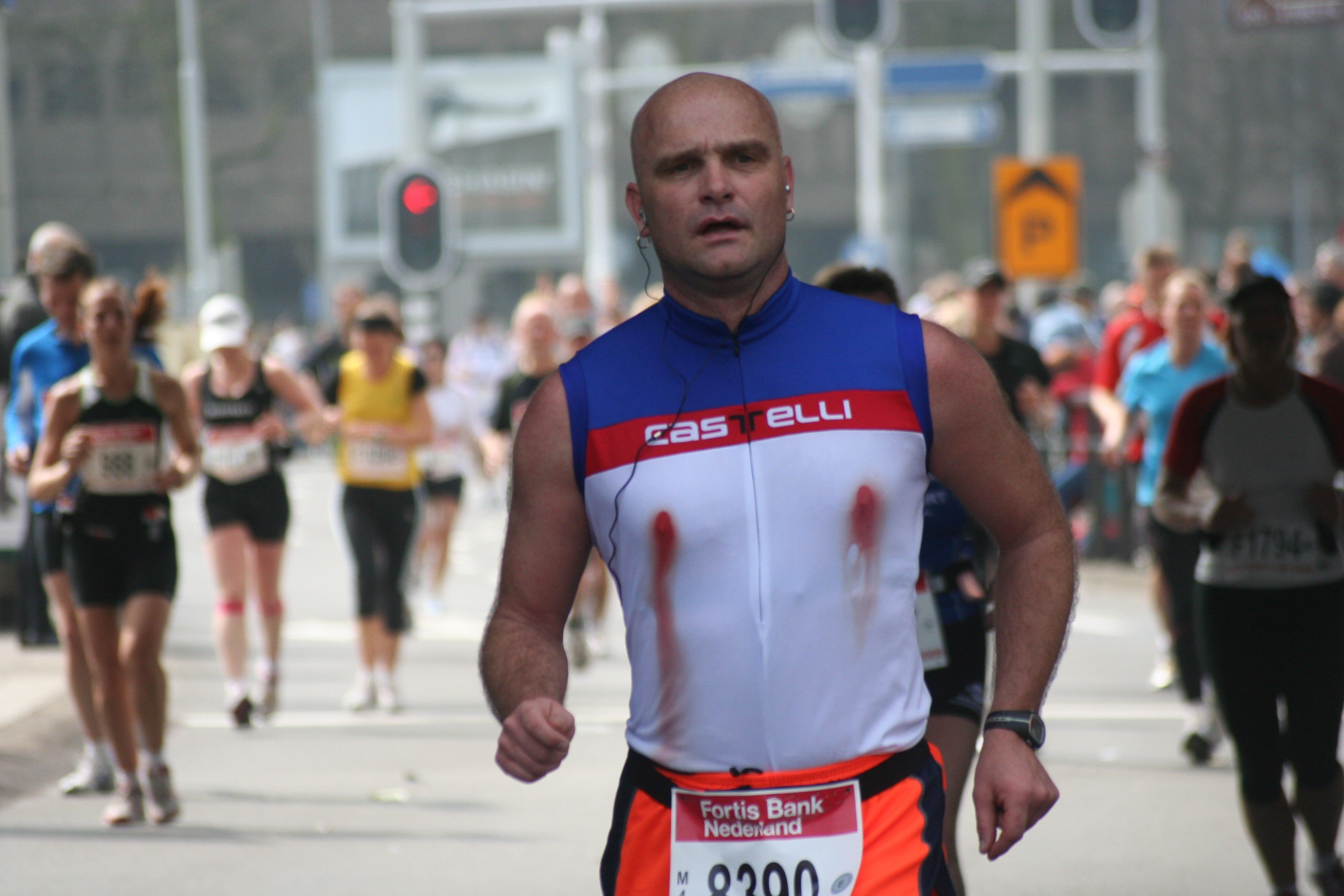
Credit: www.scmp.com
Frequently Asked Questions On Why Do Marathon Runners’ Nipples Bleed
Why Do Marathon Runners Put Bandaids On Their Nipples?
Marathon runners put bandaids on their nipples to prevent chafing and irritation caused by friction. This remedy helps reduce discomfort during long distance runs.
Why Are My Nipples Raw After Running?
Your nipples may be raw after running due to friction from your clothing rubbing against them. Wearing a supportive sports bra and using anti-chafing products can help prevent this discomfort. Choose moisture-wicking fabrics and avoid cotton to reduce friction and irritation.
Why Do You Tape Your Nipples When Running?
Taping nipples when running helps prevent chafing and discomfort, especially in long-distance runs. It provides protection and reduces friction.
Conclusion
Marathon runners’ bleeding nipples can be a common concern due to friction and moisture. Proper attire and lubrication can prevent this issue. Being proactive with preventative measures is key. Remember, prioritizing comfort and avoiding chafing can make all the difference in your running journey.
Stay informed, stay prepared.


